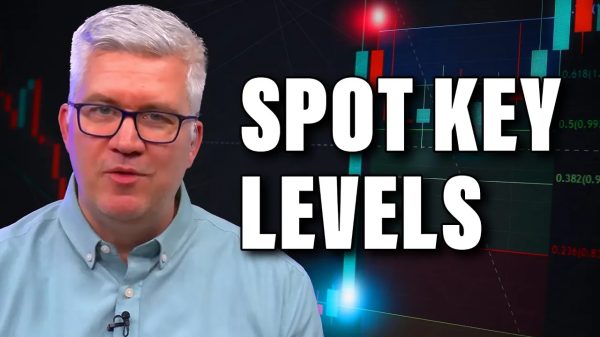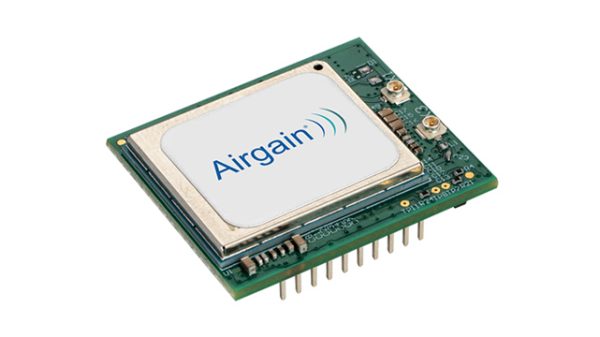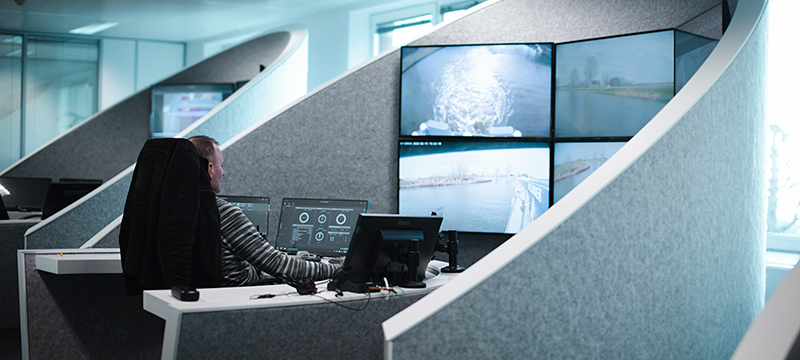The ability to deploy safe, reliable, and accurate autonomous shipping technology is being propelled forward thanks to a project that will guarantee uninterrupted data connectivity at sea.
Remote-Control Technology and Service provider for unmanned and crew reduced shipping SEAFAR is integrating neXat, a satellite communications services platform, into its remote ship navigation solution for the short sea shipping (SSS) industry.
The two-year project is co-funded with the European Space Agency (ESA) and is being tested at sea together with a Belgian short sea shipping company which has lines sailing in the Baltic Sea and from Spain to the UK and Antwerp, Belgium. The initial scope of the project is to integrate 4G and 5G with satellite communications into an ubiquitous, fully managed connectivity service allowing the critical operations of autonomous shipping.
SEAFAR’s Chief Commercial Officer Janis Bargsten, said:
“Remote monitoring and control of ships addresses the increasing need for qualified and skilled crew, as well as reducing the risk of ‘human error. But a major barrier to the development of autonomous shipping has been the ability to access ubiquitous coverage to ensure seamless communications, situational awareness and safety.”
neXat’s platform will ensure that connectivity coverage is not lost by automatically and quickly switching from 4G or 5G to satellite as required. This means that real time data, including camera feeds and performance monitoring, and navigational information is continuously shared and ensures increased situational awareness in SEAFAR’s Remote Operations Center. The unique neXat monitoring and management functionalities will also be integrated into the SEAFAR dashboards to provide captains with all the monitoring and management information necessary to ensure the required solution reliability.
The solution – called SeaNext – will also monitor all available networks, providing a connectivity ‘heatmap’, allowing ship owners and service providers to plan ahead for coverage black spots in remote locations.
The connection between remote operations center and the vessel uses 4G or 5G and in the case of unavailability of a terrestrial network, satellite communications are used and provided by neXat. 5G is used for higher bandwidths to send sensor data.
neXat’s Chief Operations Officer and Co-Founder Caroline De Vos said: “This solution will have a positive impact on the ability of shipping companies to optimize their fleets and improve safety and reliability. For neXat, this represents our growth in an important sector following the establishment of our Maritime Business Unit and demonstrates the applicability of our neXat OSS/BSS monitoring solution for vertical markets.”
The solution will provide camera streams and information about engine sounds monitor performance, position, heading, and speed of the vessel – as well as those of surrounding vessels – provided by Automatic Identification System (AIS).
neXat’s platform will provide monitoring information through APIs for SEAFAR to collect in a machine-to-machine format and integrate into its dashboard for the remote captain to access. neXat will also develop a system that continuously monitors all the communications means that the ship might use at any time, including 4G, 5G and satellite. The result is a heatmap of the availability of different telecommunications technologies as well as the quality and performance of the connections.
The space assets that will be utilized in SeaNext are SatNAV, SatAIS, and SatCOM. SatNAV for vessel positioning using GNSS receivers is also used. This capability is crucial as GNSS receivers can receive signals from multiple satellite systems, meaning improved positioning accuracy.
SAT-AIS will be utilized for providing situational awareness to the remote captains where the vessel is out of the coverage range of ground AIS stations. This technology permits vessels to transmit and receive information of nearby vessels and their movement. This feature is particularly valuable for avoiding collisions and increasing safety.
“Seamless high bandwidth and low latency connectivity is essential to our operations. We therefore rely on strong partners, such as neXat, that enable us to deliver SEAFAR’s value to our clients”, added Janis Bargsten.
The post Autonomous shipping to get satellite connectivity breakthrough appeared first on IoT Business News.























